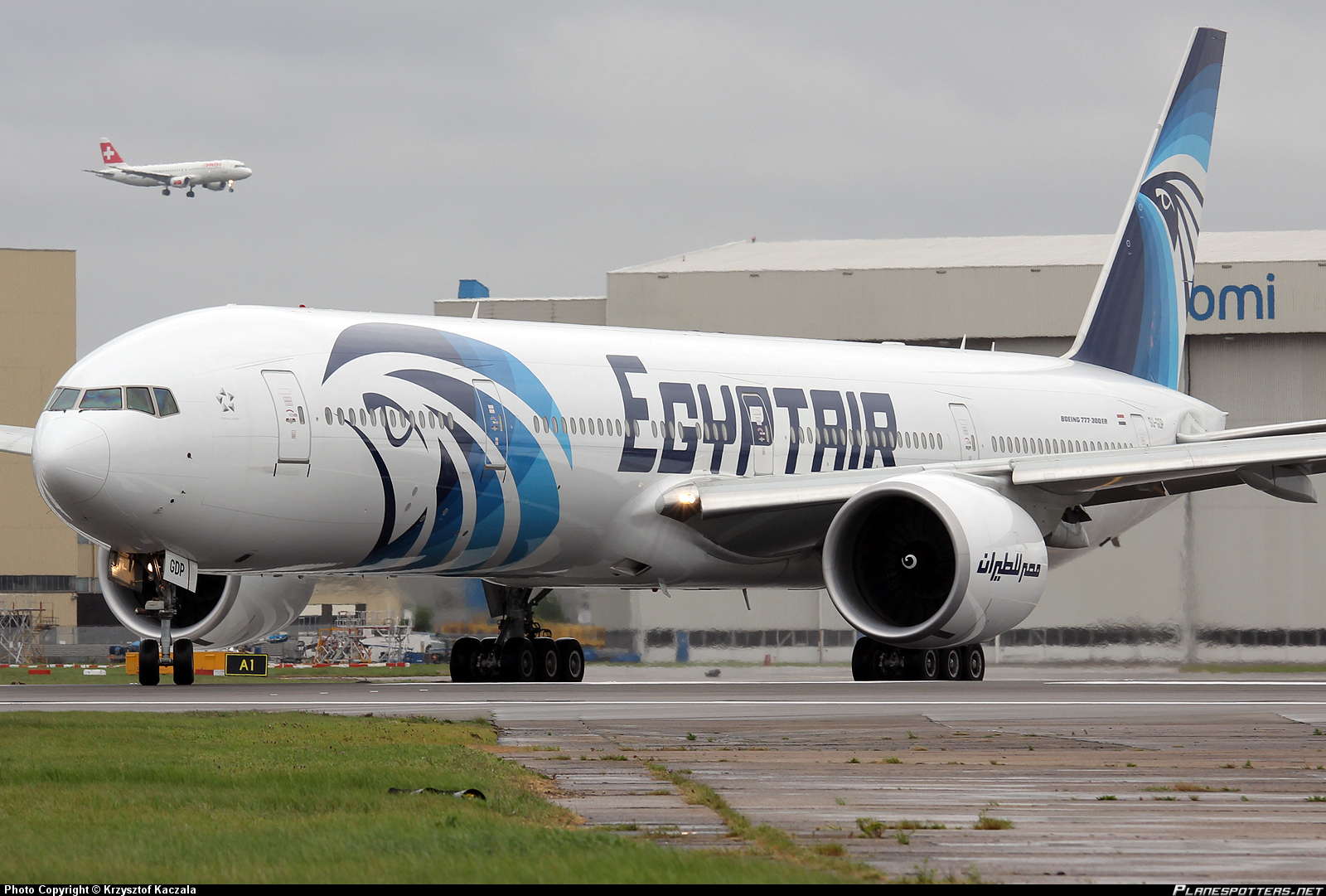“Thank God we are safe. Everyone is safe.” These were the words of Metropolitan Bishop Damaskinos Papandreou, of the Greek Orthodox Church of Joburg and Pretoria, after the Egyptian plane hijacking on Tuesday.
EgyptAir MS181 was seized by a passenger claiming to be wearing a suicide belt soon after it took off from Alexandria en route to Cairo. The EgyptAir pilot was forced to divert the Airbus aircraft to Larnaca airport in Cyprus after the Egyptian hijacker claimed he was carrying explosive, but the stand-off ended within hours when all the hostages were released and the hijacker, named by Cypriot officials as Seif Eldin Mustafa, surrendered to police.
Bishop Papandreou phoned his office in Joburg moments leaving the EgyptAir aircraft. The call came through to his office just after 9am. “Hello. Can you hear me? We are safe,” he told Father Gerassimos Venturas, of the Archbishopric of Joburg and Pretoria.
Venturas said he was extremely relieved when he received the call. “He contacted me many times thereafter to let me know he was well and everyone was fine. He promised he was coming back home very soon.”
The Greek Orthodox Church bishop phoned Venturas again a few times during the day, assuring him that he and the newly-ordained Bishop Nicodimus Boulaksis were indeed unharmed in Cyprus to where the hijacked plane was rerouted and ultimately forced to land.
Bishops Damaskinos and Boulaksis had left South Africa for Egypt last Monday, Venturas told the Pretoria News on Tuesday afternoon.
They went there because Boulaksis had been elected to be bishop and was being ordained as a bishop this past Sunday in Egypt.
Damaskinos joined him on the trip to give moral support and witness the ordination of Boulaksis.
The bishops were aboard Flight 181 to catch a connecting flight back home when the hijacking occurred.
Venturas was expecting to know by late Tuesday night or early on Wednesday morning when the two bishops could be expected to arrive back home.
“We are extremely glad that he is safe and well. It was not a good feeling at all.
“What happened was not a nice situation for anyone to be in,” said Venturas.
He said they were not well when they heard about the situation. “But there was never a moment where we thought God would forsake them. We thank God that they came out of it alive and well,” he added.
At the Greek Orthodox Church east of Pretoria, word that Papandreou had made contact with the head office in Joburg came at 10.30am.
The message was that the bishop was fine, but also a bit shaken from the ordeal. “The call from the Joburg office was assuring that the hostages had been set free and were all safe,” a church official said.
“We are relieved that both priests are safe and sound. This will be one of those incidents that we will talk about for years to come in our church. This day is a classic testimony that God will never forsake you.”
On Tuesday night Cypriot authorities were scrambling for a motive for the unusual hijacking.
Security officials later said the bulging white “suicide belt” with wires sticking from it was fake and had been constructed from phone cases. The hijacker surrendered peacefully – after being photographed by his hostages, issuing a string of vague demands and demanding police deliver a letter to his former lover.
Egyptian aviation authorities were also facing questions over how a passenger, described as “mentally unstable”, was able to carry enough materials through security at Alexandra airport to resemble a bomb.
Initial reports suggested the hijacker wanted to talk to his estranged wife who lives on the Mediterranean island and that he had handed over a four-page letter to authorities, demanding it be given to his ex-lover who had, by this time, arrived at the airport.
Cypriot President Nicos Anastasiades responded to questions from journalist about whether the hijacker was motivated by romance, by laughing and saying: “Always there is a woman involved.”
Other reports suggested that in exchange for releasing the 56 passengers, the hijacker wanted the release of female prisoners in Egypt, wanted to fly to another airport and had demanded meeting with European Union officials.
Despite his initial demands the majority of the hostages were released soon after the Airbus landed, reportedly after several had taken photographs of their captor.
The siege came to an end soon after one of the remaining hostages -reportedly a crew member -was seen escaping via a cockpit window. Shortly after this the last hostages were seen running from the aircraft and the hijacker walked down the aircraft with his hands raised.
Security services welcomed the peaceful conclusion on Tuesday, but the hijacking has prompted further questions of Egyptian aviation security and how pilots are trained to deal with those claiming to be hijackers.
David Learmount, an aviation security expert, said: “This takes aviation back to the pre-9/11 security stone-age. The captain should have been able to have sufficient faith in the airport security system to know that a claim to be wearing a suicide vest or belt was a hoax, and thus to have refused the request and ordered the cabin crew to restrain the passenger.”
[Source: Pretoria News / The Independent]





 WhatsApp us
WhatsApp us 

